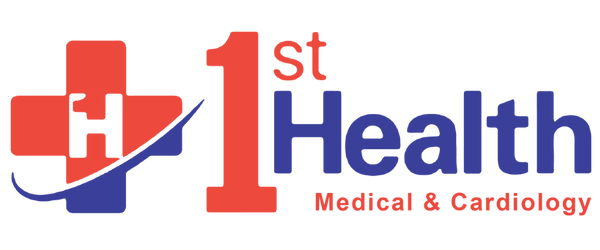Percutaneous Coronary Intervention (PCI): A Minimally Invasive Approach to Open Blocked Heart Arteries

Percutaneous Coronary Intervention (PCI)
The heart, a tirelessly working muscle, pumps oxygen-rich blood throughout the body, sustaining life. But what happens when the coronary arteries, responsible for delivering blood to the heart itself, become narrowed or blocked? Percutaneous Coronary Intervention (PCI), a minimally invasive procedure, helps to restore blood flow and improve heart health.
Understanding Coronary Artery Disease (CAD)
Coronary Artery Disease (CAD) is the leading cause of death worldwide. It arises from a buildup of plaque, a fatty substance, within the walls of the coronary arteries. Plaque accumulation narrows the arteries, reducing blood flow to the heart muscle. This restricted blood flow can cause chest pain (angina), shortness of breath, fatigue, and even heart attack.
When is Percutaneous Coronary Intervention (PCI) Necessary?
Your doctor might recommend PCI if you experience symptoms of CAD, particularly angina that doesn’t respond well to medication or lifestyle changes. Additionally, PCI may be performed as an emergency procedure during a heart attack to open blocked arteries and minimize heart damage.
Percutaneous Coronary Intervention (PCI): A Step-by-Step Guide
PCI is a catheter-based procedure, meaning a thin, flexible tube called a catheter is used to access the blocked arteries. Here’s a breakdown of the typical steps involved:
Preparation: Local anesthesia (and possibly pain medication) at the insertion site (usually the groin or wrist).
Catheter Insertion: The doctor guides the catheter through the artery and into the coronary arteries. X-ray imaging is used to visualize the arteries and ensure proper positioning.
Angioplasty: A tiny balloon attached to the catheter is inflated within the narrowed artery to widen it and improve blood flow. In some cases, a stent, a small expandable mesh tube, may be placed within the artery to keep it open permanently.
Catheter Removal: Once the blockage is addressed, the balloon or stent is deflated, and the catheter is removed.
Recovery: Following the procedure, you’ll be monitored for several hours before being discharged, typically the same day or the next day.
Benefits of Percutaneous Coronary Intervention (PCI)
Compared to traditional open-heart surgery, PCI offers several advantages:
- Minimally Invasive: PCI avoids large incisions, resulting in less pain and a quicker recovery time.
- Faster Recovery: Most patients can return home within a day or two of the procedure.
- Improved Blood Flow: PCI effectively restores blood flow to the heart, alleviating symptoms of angina and reducing the risk of future heart attacks.
Potential Risks and Complications of PCI
While PCI is a safe and effective procedure, some potential risks exist, including:
- Bleeding at the insertion site
- Infection
- Allergic reaction to contrast dye used during imaging
- Damage to the artery
- Rarely, a heart attack
It’s crucial to discuss these risks and potential complications with your doctor before undergoing PCI.
Living After Percutaneous Coronary Intervention (PCI)
Following PCI, lifestyle modifications are essential to maintain optimal heart health. These may include:
- Healthy Diet: A heart-healthy diet rich in fruits, vegetables, whole grains, and lean protein is crucial.
- Regular Exercise: Engaging in regular physical activity helps improve heart function and overall well-being.
- Smoking Cessation: Smoking is a major risk factor for CAD. Quitting smoking significantly reduces the risk of future complications.
- Medication Management: Your doctor may prescribe medications to manage cholesterol levels, blood pressure, and prevent blood clots.
Taking Charge of Your Heart Health
Percutaneous Coronary Intervention (PCI) is a valuable tool for opening blocked coronary arteries and improving blood flow to the heart. It offers a minimally invasive approach with a faster recovery time compared to traditional heart surgery. However, maintaining a healthy lifestyle through diet, exercise, and medication adherence remains paramount for long-term heart health.
If you have concerns about coronary artery disease or experience symptoms like chest pain, shortness of breath, or fatigue, schedule an appointment with a cardiologist at 1st Health Medical & Cardiology. Our experienced team can diagnose your condition, discuss treatment options like PCI if necessary, and create a personalized plan to help you achieve optimal heart health.
Schedule an appointment today.
